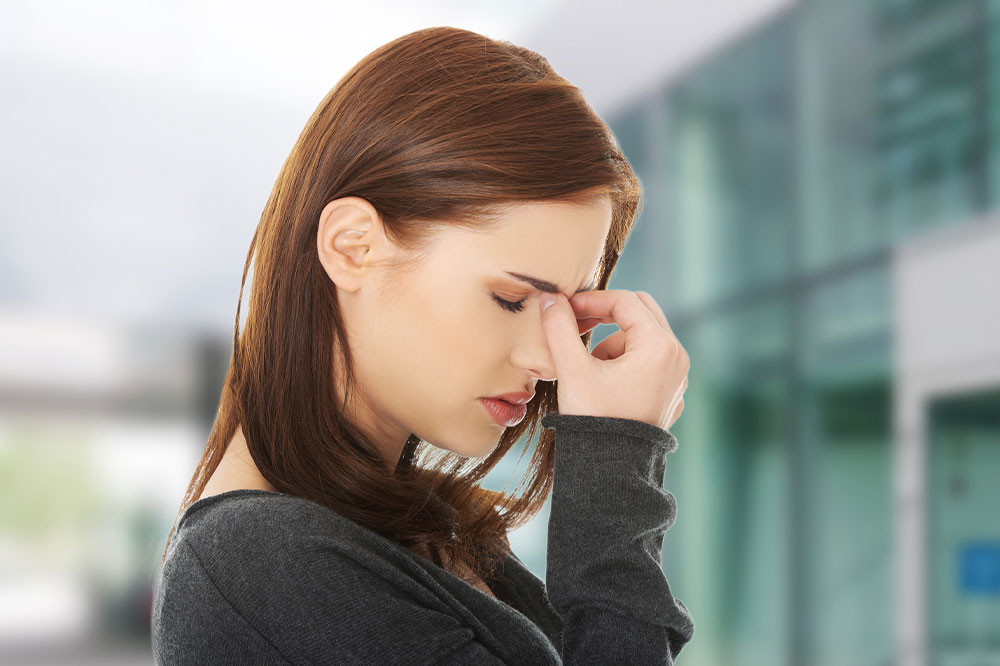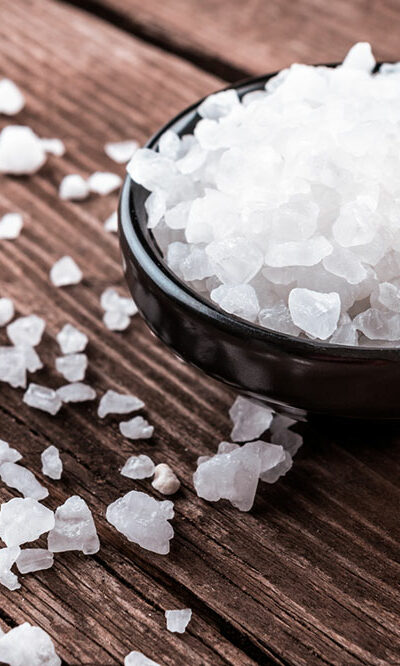5 concerning signs of headaches

Headaches can be a common problem and a sign of health conditions. The pain can be triggered by stress, anxiety, or a lack of quality sleep. However, certain headache symptoms can indicate bigger, more serious health conditions such as migraine or diabetes. Such symptoms must be taken seriously as, if left unchecked, they could pose health risks. Here are a few headache signs that could be a result of underlying health conditions:
Pain behind or around the eye
Headaches are closely linked to vision problems. If a person experiencing headaches also senses sharp pain in and around their eye, they may be affected by acute glaucoma. In this condition, there is a pressure buildup in the eye, and eventually, the blood flow gets cut off. This is a serious condition that can lead to blindness. So, if one experiences any pain in and around their eyes accompanying a headache, they must consult a local healthcare expert immediately.
Neck stiffness
Another notable sign of a headache is stiffness and pain in the neck. The stiffness here can be a symptom of meningitis—a bacterial or viral infection that directly affects the membrane surrounding the spinal cord and brain. The subsequent enlargement of these membranes results in neck stiffness, neck pain, and, eventually, headache.
High fever
Meningitis can be a challenging condition to diagnose as its signs resemble the behaviors of multiple diseases. However, fever is another typical symptom of the infection that can be followed by headaches. Meningitis can be a serious health condition, so headaches accompanied by a stiff neck and fever can indicate the development of such infection and must not be ignored.
Nausea and vomiting
Nausea and occasional vomiting can follow bad headaches, especially when dealing with migraines. The two symptoms are also accompanied by dizziness and blurred vision. These symptoms and the subsequent headache may not be severe but can cause discomfort and inconvenience.
Changes in behavior
Healthcare experts often diagnose several mental health problems with headaches as a reference symptom. Some of the symptoms that accompany or precede these headaches are confusion, weakness, and changes in behavior. People with this health condition tend to show subtle personality shifts, too, such as irritability, impatience, and volatility.
Some of the other noteworthy signs of headaches are recurring pain in the temples and frequent fatigue.







